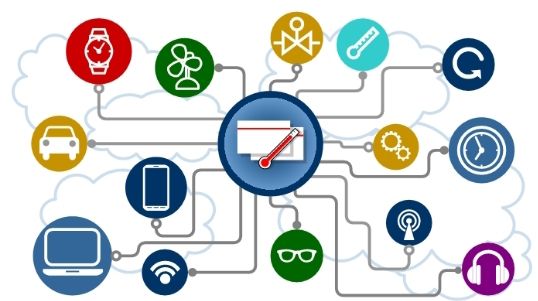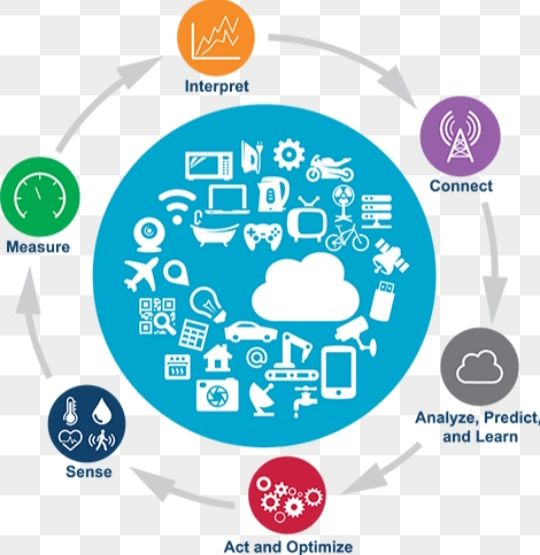What, Why And How Of Iot (Internet Of Things) Technology.
May 16, 2019 • 38 views

The Internet of Things (IoT) is a system of physical things embedded with sensors, software, electronics and connectivity to allow it to perform better by exchanging information with other connected devices, the operator or the manufacturer. With this technology, each and every device that we use in daily life (including refrigerators, cars and even tooth brush) can be made intelligent and smart by using device specific operating systems and connectivity to the Internet.
The digital space has witnessed major transformations in the last couple of years and as per industry experts would continue to evolve itself. The latest entrant to the digital space is the Internet of Things (IoT). Several countries like US, South Korea, China among others, have already taken lead in their preparedness for taking advantage for IoT. However, this transformation is not limited to the developed world alone. Even India, both the public and private sector is gearing up to acquaint itself with the technology so that the administrative practices and business processed can be improved in an efficient and effective way.
What is Internet of Things?

It is a seamless connected network system of embedded objects/ devices, with identifiers, in which communication without any human intervention is possible using standard and interoperable communication protocols.
With this technology, each and every device that we use in daily life (including refrigerators, cars and even tooth brush) can be made intelligent and smart by using device specific operating systems and connectivity to the Internet.
The large amount of data collected by in-built sensors in these devices will be fed to the remote servers through internet over cloud. This data will be used by different organizations, business and governmental, for decision making and dissemination of information.
What are the stages involved in IoT technology?
Internet of Things involves three distinct stages -
The sensors which collect data (including identification and addressing the sensor/device)
An application which collects and analyzes this data for further consolidation.
Decision making and the transmission of data to the decision-making server. Analytical engines, actuators and Big data may be used for the decision making process.

What are the applications of IoT?
This technology offers a range of applications including green building, smart grid, smart manufacturing, industrial monitoring, agriculture, smart cities, healthcare, connected homes, telematics and supply chain, safety and security, forest and wild life, automotive, natural disasters, etc.
What is the situation in India?
The Union Government released the Draft Policy on IoT in October 2014. However, the draft was revised and released again in April 2015 by bringing necessary changes in tune with the Digital India and Smart Cities Initiatives.
The policy envisages creating an IoT industry of 15 billion US dollars by 2020.
Similarly, the Government of Andhra Pradesh approved India’s maiden IoT policy in March 2016 with the prime objective of turning the state into an IoT Hub by 2020.
Even in the private sector Reliance Communication Ltd. entered into an agreement with the USA-based Jasper Technologies to offer IoT services in India.
